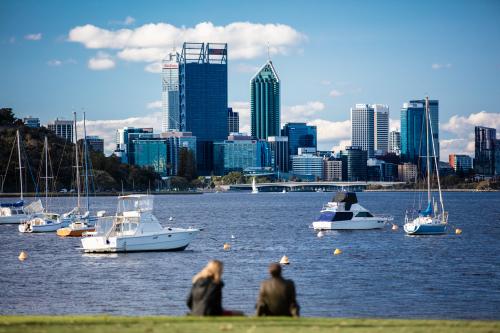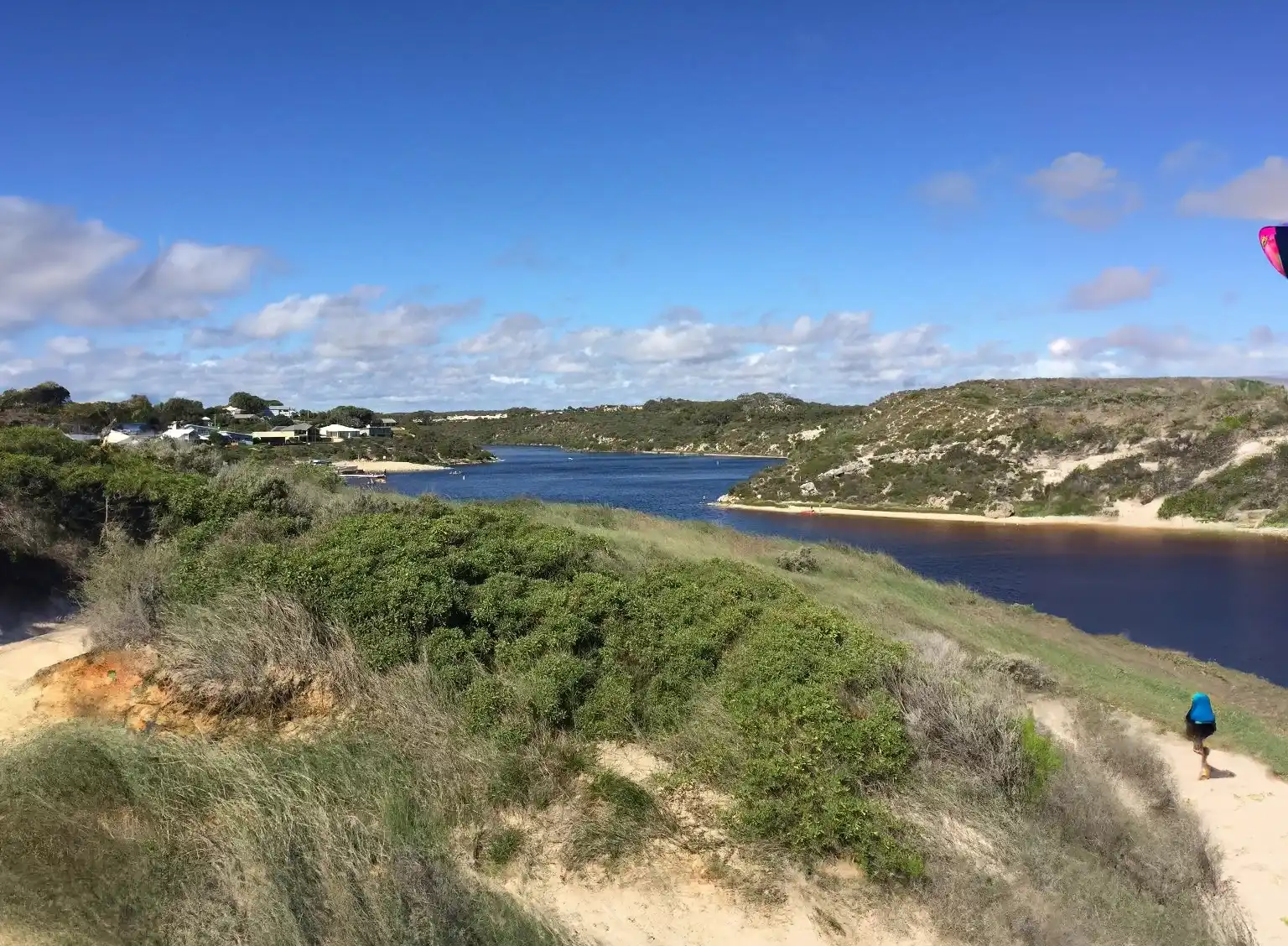Gazing at the sunset is one of the most basic yet delightful camping experiences. As the sun gradually sets, your vision begins to be impaired, making it necessary to have sufficient lighting while you’re out in nature. Not being able to see more than a few feet ahead of you is not only an issue for your safety, but it can also be incredibly disheartening. Not to mention, it can get extremely dark in the bush. If you have young kids and they are easily frightened, a lack of lighting could ruin their camping experience
Camping has become much easier to enjoy given recent technological advances, especially when it comes to lighting. There are numerous options for lighting your campground, from various cost-effective, user-friendly, and energy-efficient choices. It’s important to ensure that your camping experience is relaxed and enjoyable, so don’t let inadequate lighting solutions prevent that from happening. This guide will help you find the perfect lighting solution for your camping needs.
There are a few good ways to light up a campsite, depending on the size and location of the campsite.
Flashlights and Lanterns
The most common way to light up a campsite is with flashlights and/or lanterns. Flashlights can be used to illuminate a specific area, while lanterns can be used to light up a larger area. Lanterns also come in various styles, such as solar, battery, or gas. Using lanterns for campsite lighting offers several benefits. They are relatively affordable and easy to use and maintain, making them an ideal form of lighting for camping sites.
The portability of lanterns makes them ideal for camping trips, as they can easily be transported from one location to another. They also provide a comfortable, warm light that creates a pleasant atmosphere for campers. Lanterns are versatile and can be used for various activities, such as reading, cooking, or providing a soft light for the evening. Another benefit of using lanterns for campsite lighting is that they are an energy-efficient way to light up the campsite.
Unlike electric lights, lanterns use no electricity, requiring minimal fuel. This helps to keep the campsite green, as it reduces the amount of energy consumed. Lanterns are extremely reliable and durable. So campers can rely on them regardless of the weather conditions. They can be used in any environment, from dry and sunny to wet and rainy, without any concern for the safety of the campers.
Campfires
Campfires are a great way to light up a campsite. Not only can you use the fire to cook food or keep warm, but it can also provide ambient light. Just make sure to keep the fire small and controlled.
Using lanterns for campsite lighting offers several benefits. They are relatively affordable and easy to use and maintain, making them an ideal form of lighting for camping sites.
The portability of lanterns makes them ideal for camping trips, as they can easily be transported from one location to another. They also provide a comfortable, warm light that creates a pleasant atmosphere for campers. Lanterns are versatile and can be used for various activities, such as reading, cooking, or providing a soft light for the evening. Another benefit of using lanterns for campsite lighting is that they are an energy-efficient way to light up the campsite.
Unlike electric lights, lanterns use no electricity, requiring minimal fuel. This helps to keep the campsite green, as it reduces the amount of energy consumed.
Lanterns are extremely reliable and durable. So campers can rely on them regardless of the weather conditions. They can be used in any environment, from dry and sunny to wet and rainy, without any concern for the safety of the campers.
Solar-Powered Lights
Solar-powered lights are an energy-efficient way to light up a campsite. These lights are usually motion-activated and can provide a good amount of light.
Solar-powered lights for camping have become increasingly popular over the past few years due to their environmental benefits and convenience. Solar lights require no electricity, which can be hard to come by when camping since they run off the sun’s power.
Solar campsite lighting is relatively easy to set up and use, often powered by rechargeable batteries. Solar-powered lights are also a great way to help reduce the amount of waste and energy consumed by traditional camping lighting. Campers can purchase solar-powered lights that run off the power of their photovoltaic cells, meaning there’s no need to carry around large, bulky batteries or power sources.
Solar lights are much more efficient and eco-friendly than traditional campfire lighting, which can leave many residues and smoke behind. However, there are some drawbacks to solar-powered lights for camping. Since they are powered by the sun, they cannot be used at night when there is little or no sunlight available.
While solar lighting costs are relatively low upfront, replacing batteries can quickly add up over time. Solar lights require more maintenance than traditional light sources since the batteries must be kept clean and charged regularly.
LED Lighting
LED lights are great for campsites as they are very energy efficient and can provide a lot of light. LED lights are usually powered by rechargeable batteries and can be used outdoors.
Lighting Your Campsite Safely
Lighting a campsite is relatively easy, but following these steps is important to ensure light’s safe and efficient use.
- Choose an Appropriate Light Source: Choose a light source that will provide ample light for the area you need to illuminate. Some popular options include LED lanterns, flashlights, and campfire torches.
- Set up the Light Sources: Once you’ve chosen the right light sources, set them up at strategic points around the campsite. This will ensure that all areas of the campsite are adequately lit.
- Place Reflective Objects: Place reflective objects or materials around the campsite to help reflect the light and ensure it’s not wasted. This can be done with small pieces of aluminium foil, mirrors, or white cloth.
- Aim the Light Sources: Aim the light sources towards the ground, not directly into the eyes of people at the campsite. This will prevent any glare or reflection that could be distracting or uncomfortable.
- Monitor Heat: Check the heat of the lights periodically to prevent them from getting too hot. If a light is too hot, it may need to be moved or replaced.
- Turn Off Lights When Not in Use: Always be sure to turn off lights when not in use. This will help conserve energy, save money, and keep the campsite safe.
- Avoid Using Fires: Avoid lighting your campsite with fire where possible. This is especially important if there is a fire ban. There are extreme legal repercussions and fines for breaking this rule.



